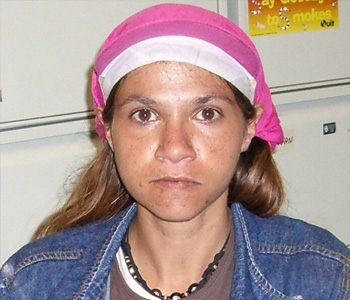Mandurah – Mandjoogoordap (meeting place of the heart)
Mandurah is one of the most vibrant regional cities in Western Australia. Once a small fishing village that boomed during holiday periods, it now has a thriving population of more than 80,000. Covering an area of 173.5km2, Mandurah follows the coast from its northern extremity at Madora to the Ramsar-listed wetland Lake Clifton and Yalgorup National Park 50km to the south.
The Aboriginal community of Mandurah are custodians of the land which centres on our waterways, rivers, lakes, the estuary, the ocean and coastal plains creating an historic thoroughfare in Mandurah today. The Aboriginal Creation story[1] begins with a terrible drought. The bush, plants and meat became hard, tough and rank. Three Elders of the tribe made their way to the sea and began to pray to their creator for water. Their creator manifested itself in the form of a snake, which they called Wagyl who came out of the sea and gave birth to its young in the estuary which forms the unique shape of Mandurah today. Wagyl’s young stayed in the estuary until they grew bigger. Soon the young left their birthplace, travelling away uphill, forming the Murray, Harvey, and Serpentine rivers as they moved across the land.
What we aim to do with the website is capture the culture of Mandurah, its characteristics, what makes the area so special and unique, distinctive and authentic.
[1] Courtesy Aboriginal Elder, Joe Walley R.I.P
Oral History
The oral histories which you will find on this site are drawn from the collection of the Mandurah Community Museum. The Museum has a well-established oral history programme with one of its main focuses being the collection of stories and life histories of Aboriginal people in the Peel Region. This website allows us to take our significant stories out of the Museum and give the community greater access to this valuable resource.
Listen to Oral Histories Here











